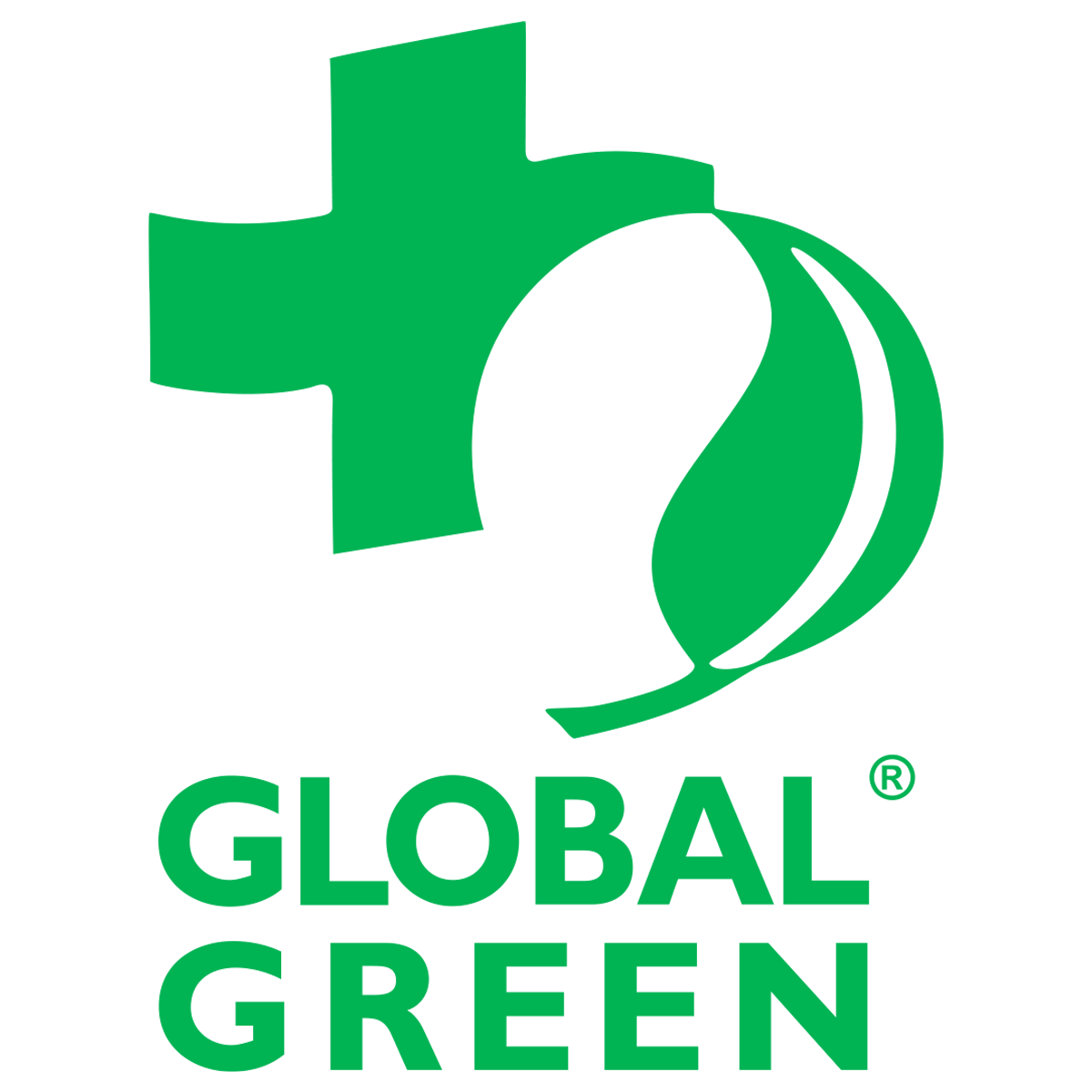Our dedication to people and the planet extends well beyond what’s in the bottle. We utilize sustainable packaging, crafted with 50% post consumer recycled materials. When you buy Romer, you can rest assured that our products are safe for the environment, too.
Our commitment to sustainability extends across our entire supply chain, from start to finish:
SOURCING
We select the most efficacious, clean ingredients possible
We vet thousands of raw materials and choose only those that are responsibly sourced, harvested or manufactured using green technology in our formulas
We source ingredients from raw materials suppliers who share our commitment to sustainability and social consciousness
PACKAGING
We use as much post-consumer-recycled materials as possible in our bottles and tubes
We avoid excess packaging such as outer folding cartons, limiting waste and maximizing the amount of product we can ship at a time, reducing our annual number of freight shipments
We use lightweight materials that require less energy to produce and ship in order to minimize our carbon footprint
MANUFACTURING
We seek out the best manufacturing partners in the US and select them based on the ability to build strong and lasting relationships
We only work with manufacturers who are FDA-regulated and GMP certified
All of our products are Leaping Bunny Certified. Our ingredients and products are never tested on animals. We are intolerant of all animal cruelty.
SHIPPING
Our shipping boxes are made from recycled materials
We use eco-friendly water activated tape that is natural and biodegradable
We use compostable and recyclable green wrap instead of plastic voidfill and messy foam cushioning
SELLING
As members of 1% for the Planet, we give 1% of our annual sales to environmental causes focused on protecting, preserving, and conserving the land and its resources. We support non-profits such as Environmental Defense Fund and the Conservation Fund. When you buy Romer products, you are helping drive change.
We are proud to announce that we are officially Plastic-Neutral, Carbon-Neutral, and Water-Neutral through our commitment to the Impact Collective and Greenprint by investing in global certified projects to offset our brand’s environmental footprint and further advance sustainable innovation. Every month, we measure the volume of plastic, water, and carbon our products use and produce and we mitigate the impact through verified offsets.
Featured Projects
Our Plastic Conservation Projects –
Plastic Bank, Haiti – 32 collection branches across Haiti extract over 3.5 million kg of ocean-bound plastic, the equivalent of 126 million plastic bottles. The plastic credits provide a life-changing income increase for the collectors, encourages more collection, and prevents plastic from entering the ocean.
Plastic Bank, Philippines – In a country that annually has two million tons of mismanaged waste plastic, Plastic Bank Philippines has developed a strategic partnership model, empowering local entrepreneurs, schools, and churches.
Waste Ventures India (WVI) is a social enterprise in Hyderabad transforming India’s practice of waste dumping by engaging its existing network of waste pickers and scrap dealers through inclusive technology and ethical business practices.
Our Carbon Offset Projects –
Terra Verdigris #2 is a Nitrous Oxide Abatement Project located in Claremore, Oklahoma and involves the use of a catalyst to abate N2O inside the reactor after its formation; thus removing its ability to escape into the atmosphere.
CGN Inner Mongolia Zhurihe Phase I Wind Farm Project is located in the Inner Mongolia Autonomous Region. The project generates renewable electricity using wind power resources and sells the generated output to the North China Power Grid (NCPG). The expected net supplied power to the grid is 123,962 MWh per year, generating an average annual emission reduction of about 130,755 tCO2e.
The Jari/Amapá REDD+ Project, located in the Brazilian Amazon state of Amapá, aims to reduce a total of 3,450,278 tCO2e over a 30-year period. This project combines Sustainable Forest Management, forest cover and biodiversity monitoring, scientific research, and local socio-economic development.
ODS RECOVERY & DESTRUCTION – This project recovers and destroys ozone-depleting substance (ODS) used as a refrigerant. ODS are known as having high GHG potential. The recovery is carried out at a recycling facility located in Laval, north of Montréal, Canada. Once the ODS are recovered, it is sent to an incineration facility located at the Clean Harbors Environmental Services facility in El Dorado, Arkansas. The destruction of ODS avoids their emission into the atmosphere. The estimated emission reduction for this project is 81,416 tCO2e per year.
Our Water Conservation Projects –
We work with The Deschutes River Conservancy in Central Oregon to restore over 115 cubic feet per second of flow to this section of river. Project funding allows the Conservancy to negotiate lease agreements with irrigators and keep these flows in the river, fostering a healthy ecosystem for people, plants, and wildlife.
The Nature Conservancy in Georgia and the Flint River Soil and Water Conservation District work collaboratively with farmers in an ecologically critical tributary to the Flint River to retrofit irrigation systems with new technology that can reduce groundwater withdrawal by up to 20%.
The goal of The Alfalfa Project (TAP) is to convert 350,000 acres of alfalfa in the San Joaquin Valley from traditional flood or sprinkler irrigation to subsurface drip irrigation and from conventional farming practices to precision farming practices, saving over 300 billion gallons of water annually.
As part of this commitment, we are always striving for more. That’s why by 2022, we hope to:
Incorporate more plastic-free materials.
Use 100% recyclable pumps so you don’t need to remove the metal spring before you recycle.






